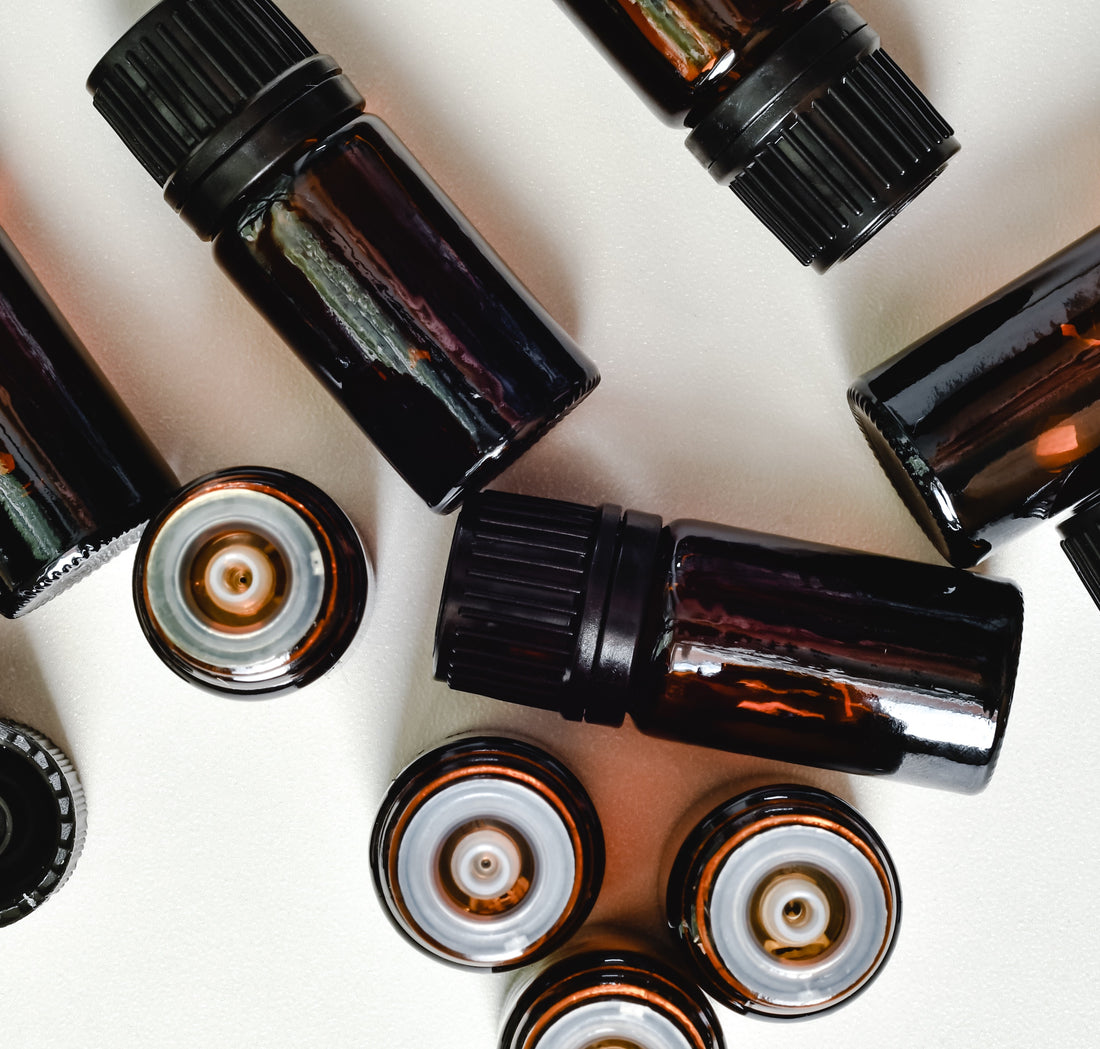Sunscreen is more than just a lotion you slather on your skin before hitting the beach. It plays a crucial role in protecting your skin from the sun's harmful rays, preventing premature aging, and reducing the risk of skin cancer.
In this comprehensive guide, we'll dive deep into the world of sunscreen, exploring why it's needed, the different types available, and how natural ingredients like prickly pear oil can boost your sun protection game.

Why is Sunscreen Needed?
1. Protection from Harmful UV Rays
The ozone layer is continuously depleting, increasing our risk of being affected by the sun's harmful ultraviolet (UV) radiation. There are two types of UV rays that can damage your skin cells and lead to skin cancer:
- UVB rays cause sunburn and play a key role in developing skin cancer. Sunscreen's SPF number mainly refers to the amount of UVB protection it provides.
- UVA rays cause skin damage that leads to tanning, skin aging, and wrinkles. The shortest wavelengths of UVA rays also contribute to sunburn. Look for the words "broad spectrum" on a product's label, which means it has ingredients that protect you from UVA and UVB rays.
2. Prevention of Premature Aging
Regular sunscreen use helps prevent premature aging of the skin, such as wrinkles, fine lines, sunspots, and hyperpigmentation. Studies show that individuals who consistently use sunscreen have a 24% lesser chance of developing these aging signs than those who don't or use sunscreen occasionally.
3. Lowering Skin Cancer Risk
Wearing sunscreen daily and reapplying it every two hours or after swimming or sweating can significantly lower the risk of various types of skin cancer.
Understanding SPF: What Does It Mean?
The Sun Protection Factor (SPF) number indicates how long the sun's UV radiation would take to redden your skin when using the product exactly as directed versus the amount of time without any sunscreen. Ideally, with SPF 30, it would take you 30 times longer to burn than if you weren't wearing sunscreen.
An SPF 30 allows about 3% of UVB rays to hit your skin, while an SPF 50 allows about 2% of those rays through. Although the difference may seem small, SPF 30 allows 50% more UV radiation onto your skin than SPF 50.

Different Types of Sunscreens
1. Chemical Sunscreens
Chemical sunscreens use organic compounds to absorb UV radiation and convert it into heat, which is then dispersed across the skin. Some common ingredients in chemical sunscreens include avobenzone, oxybenzone, and octinoxate. These sunscreens are typically lightweight and easy to apply.
2. Physical Sunscreens
Physical sunscreens, also known as mineral sunscreens, use active mineral ingredients like zinc oxide and titanium dioxide to create a barrier on the skin, reflecting and scattering UV radiation. These sunscreens are often thicker and may leave a white cast on the skin but are less likely to cause irritation compared to chemical sunscreens.
3. Combination Sunscreens
These sunscreens combine the properties of both chemical and physical sunscreens, offering a balance between the two. They provide broad-spectrum protection, are less likely to leave a white cast, and are suitable for various skin types.
4. Water-Resistant Sunscreens
These sunscreens are formulated to be more resistant to water and sweat, making them ideal for activities like swimming or exercising outdoors. However, it's essential to reapply water-resistant sunscreens every two hours or immediately after swimming or sweating to maintain their effectiveness.
5. Sunscreens for Sensitive Skin
Sunscreens designed for sensitive skin are often free of fragrances, parabens, and other common irritants. They may also use physical sun-blocking agents like zinc oxide or titanium dioxide, as these ingredients are less likely to cause skin reactions.
6. Sunscreens for Acne-Prone Skin
Sunscreens formulated for acne-prone skin are typically oil-free and non-comedogenic, ensuring they don't clog pores or exacerbate acne. They may also include ingredients like niacinamide, which can help soothe inflammation and reduce the redness associated with acne
Prickly Pear Oil: A Natural Booster for Sun Protection
Prickly pear oil, derived from the prickly pear cactus, is a nutrient-rich oil with a high amount of antioxidants, vitamins, and fatty acids that can benefit your skin in various ways. Here are a few reasons why you should consider incorporating prickly pear oil into your skincare routine:
1. Enhanced Hydration
Prickly pear oil contains a large dose of vitamin E, which prevents your skin from losing water and acts as an effective moisturizer. The high content of fatty acids in the oil also helps reduce skin moisture evaporation.
2. Minimizing Sun Damage
While prickly pear oil shouldn't replace your sunscreen, it can provide some extra protection against UV radiation. The oil's flavonoids and vitamin E help reduce sunburn, skin damage, and photo-carcinogenesis, making it a great addition to your sun protection arsenal.
3. Skin Regeneration
Prickly pear oil is rich in linoleic acid and antioxidants like betalains, which stimulate cell renewal and improve your skin's youth and vitality. As cell regeneration slows down with age, prickly pear oil's linoleic acid and antioxidants can provide powerful anti-aging effects.
4. Calming Inflammation
The flavonoids in prickly pear oil have anti-inflammatory effects, making it a soothing remedy for inflamed and irritated skin. Applying the oil topically can reduce redness and discomfort caused by inflammation.

The Bottom Line
Sunscreen is a must-have in everyone's skincare routine. From protecting your skin against harmful UV rays to preventing premature aging and lowering the risk of skin cancer, sunscreen offers numerous benefits. Make sure to choose a sunscreen that suits your skin type and needs, and consider incorporating natural ingredients like prickly pear oil for added sun protection. Stay sun-savvy and keep your skin healthy and radiant all year round!

